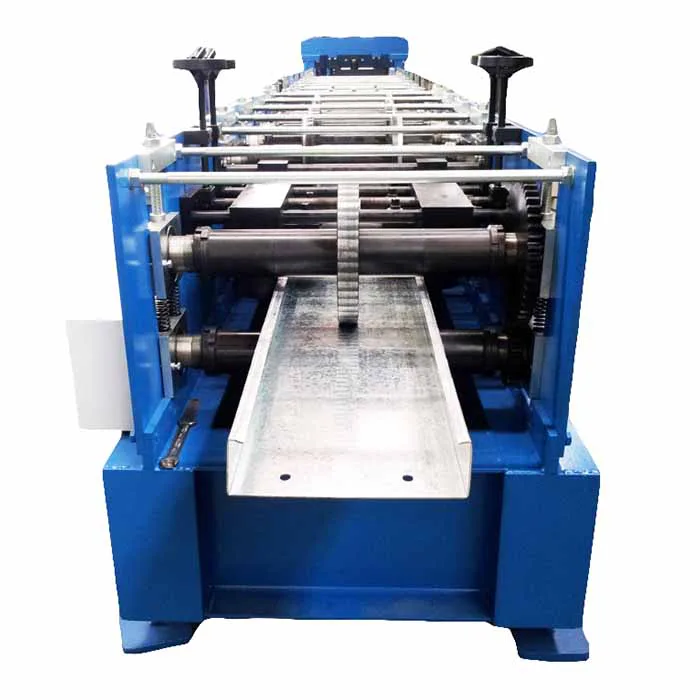
Tips for Troubleshooting Common Issues with Plate Bender Machines
- By:Metmac
- 2024-09-11
- 190
Plate bender machines are essential tools in the metal fabrication industry, but they can encounter various issues that hinder their performance. Troubleshooting these issues swiftly and effectively is crucial to maintain productivity and ensure safety. This article provides comprehensive tips to help you identify and resolve common problems with plate bender machines.
Cutter Not Rotating Properly
Loose Cutter Bolts:
Inspect the cutter bolts for proper tightness. Loose bolts can cause the cutter to slip or rotate unevenly, resulting in improper bending.
Damaged Cutter Bearings:
Worn or damaged bearings can impede the smooth rotation of the cutter. Replace any faulty bearings to restore proper operation.
Blade Alignment Misalignment:
Ensure the cutter blade is correctly aligned with the material being bent. Misalignment can cause excess friction and hinder rotation.
Difficulty Bending Thick Materials
Insufficient Hydraulic Pressure:
Verify the hydraulic pressure is sufficient for the thickness of the material being bent. Inadequate pressure will result in insufficient force to bend the material.
Dull Bending Dies:
Sharp bending dies are essential for effective bending. If the dies are dull or damaged, they can increase resistance and make it difficult to bend thick materials.
Undersized Bending Dies:
Using bending dies that are too small for the thickness of the material can create excessive stress and make bending difficult. Select the correct die size for the material being processed.
Uneven or Incorrect Bending
Unequal Grip Pressure:
The grip cylinders should exert equal pressure on both sides of the material. Unequal pressure can result in uneven bending or material deformation.
Improper Bend Settings:
Verify that the bend angle, speed, and other settings are appropriately configured for the material being bent. Incorrect settings can lead to improper bends.
Material Placement Misalignment:
Ensure the material is correctly centered and aligned within the bending dies. Misalignment can cause uneven bending or material damage.
Safety Precautions
Machine Guards:
Always ensure all machine guards are in place and functional. Guards protect operators from moving parts and potential hazards.
Proper Clothing:
Wear appropriate protective clothing, including safety glasses, gloves, and closed-toe shoes, when operating the machine.
Electrical Safety:
Regularly inspect electrical connections for any damage or loose wiring. Electrical issues can pose significant safety risks.
By following these troubleshooting tips, you can effectively address common issues with plate bender machines. Regular maintenance, proper operating techniques, and safety precautions are essential to ensure optimal performance and minimize downtime. By implementing these tips, you can enhance the efficiency, safety, and overall productivity of your plate bending operations.
-
Metal Sheet Forming Machine: The Engine of Modern Fabrication and the METMAC Standard
2025/12/30 -
Laser Cutting Machine for Steel Plate: Precision Redefined for Modern Fabrication
2025/12/30 -
Metal Curving Machine: Shaping Strength with Precision and the Art of METMAC Engineering
2025/12/30 -
Shear Metal Cutting Machine: Precision, Power, and the METMAC Standard
2025/12/30
-
Advanced Sheet Metal Rolling, Laser Cutting, and Folding Machines for Precision Fabrication
2025/10/31 -
High-Performance Sheet Metal Bending and Cutting Machines for Modern Fabrication
2025/10/31 -
High-Quality Sheet Metal Equipment for Sale: Efficient Solutions for Modern Manufacturing
2025/10/31 -
High-Performance Sheet Metal Equipment for Sale: Forming and Shearing Solutions for Modern Fabrication
2025/10/22
-
A Guide to the Latest Innovations in Sheet Metal Folding Machines
2024/11/29 -
Key Features to Consider When Investing in a Sheet Metal Folding Machine
2024/11/28 -
Enhancing Precision with Advanced Sheet Metal Folding Machines
2024/11/27 -
How to Choose the Right Sheet Metal Folding Machine for Your Workshop
2024/11/26







